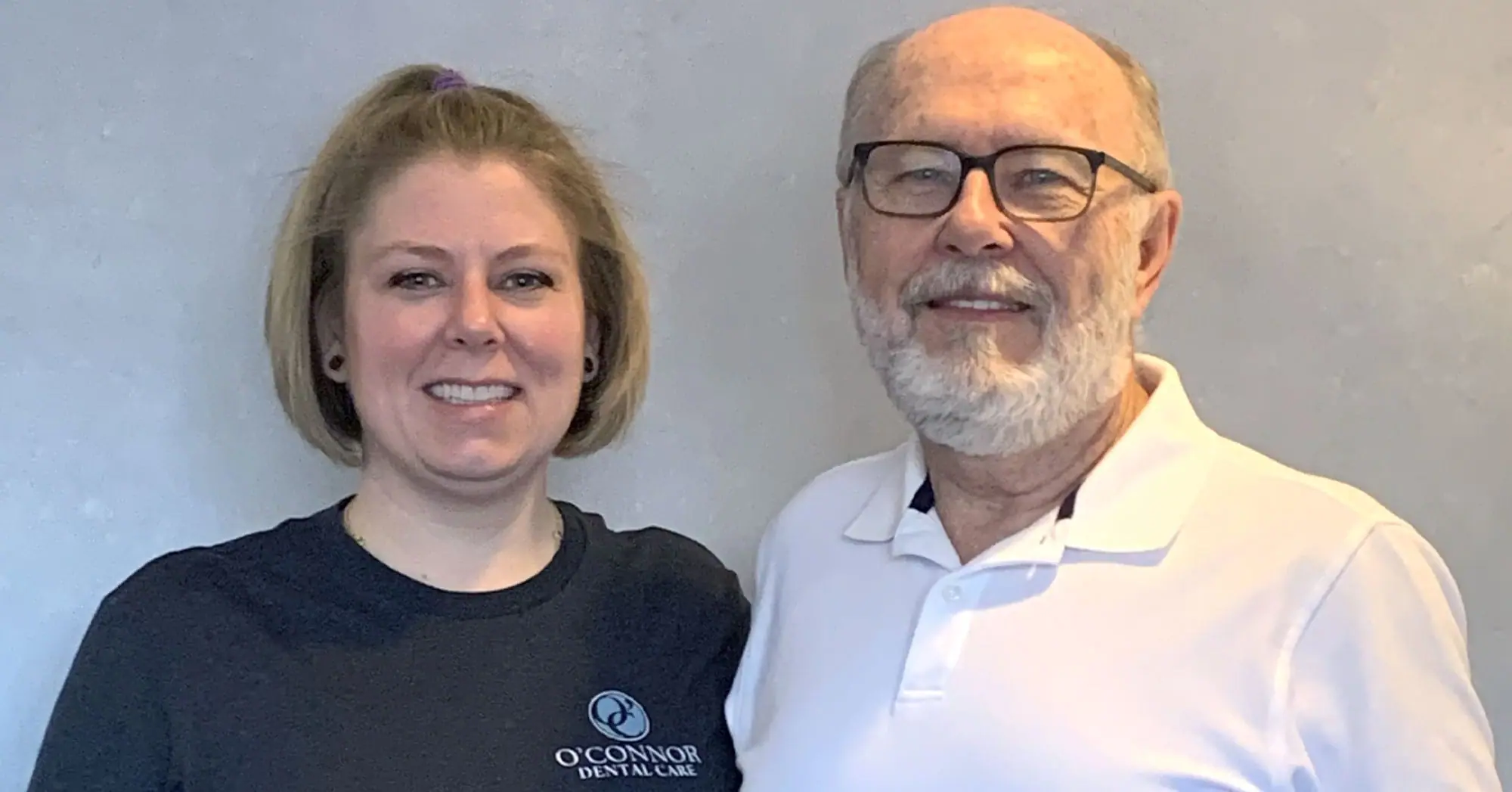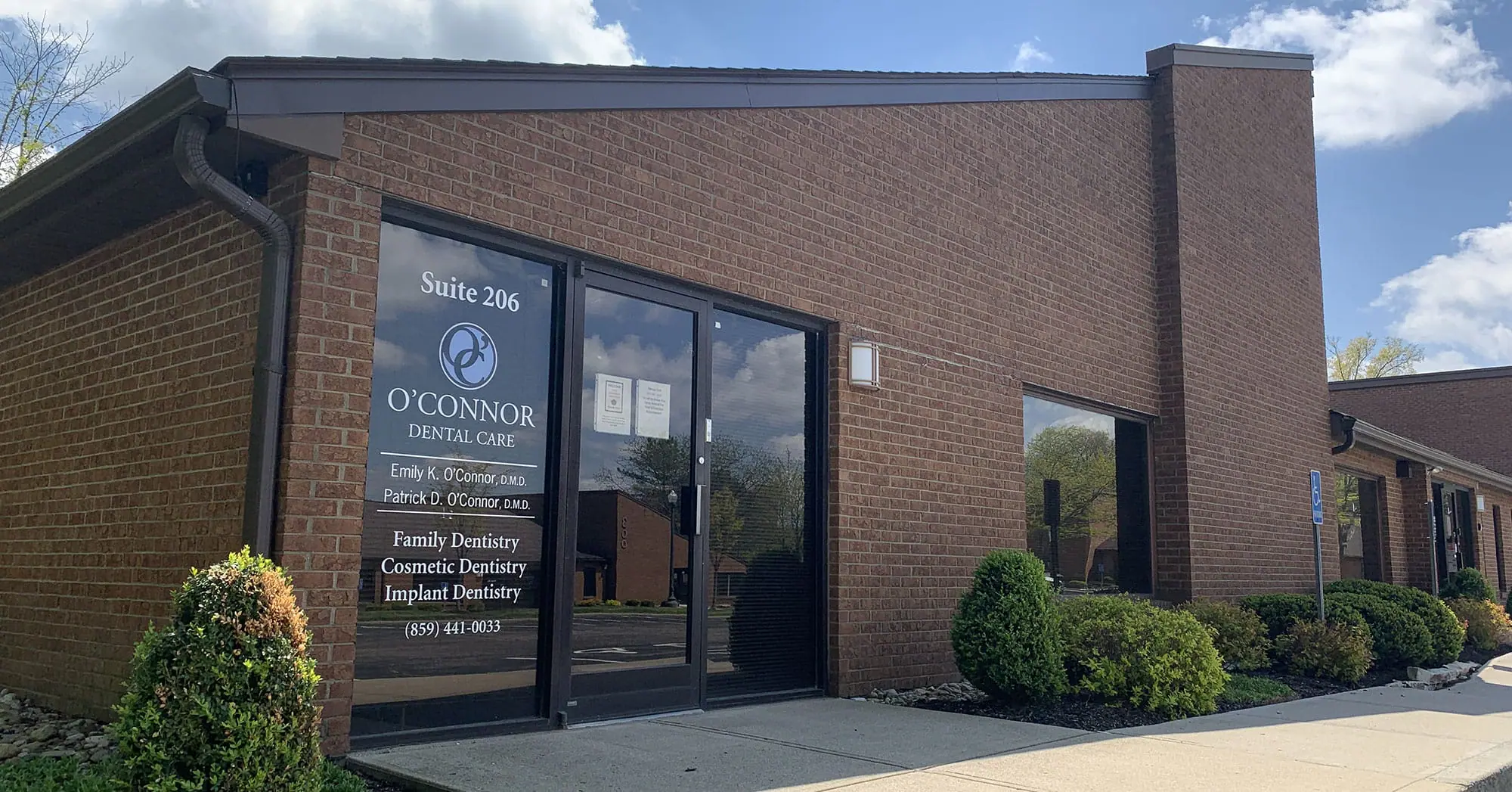What You Need to Know About Oral Cancer

Regular Dental Visits Could Save Your Life.
That’s right; you read that correctly! Regular dental visits could save your life, not just your teeth. You know that your dentist is looking for plaque buildup and cavities during your routine dental visit but did you also know that your dentist is also checking for oral cancer during that same visit? According to the ADA and MouthHealthy.org, your dentist is looking for the following things when completing your dental evaluation:
- A sore or irritation that doesn’t go away
- Red or white patches
- Pain, tenderness, rough spots, crust, or small, eroded areas
- Difficulty chewing, swallowing, speaking, or moving the tongue or jaw
- A change in the way your teeth fit together when you close your mouth
During your visit, your dentist is checking both your oral cavity and your throat. When assessing these areas, they will check your lips, cheek lining, gums, soft and hard palate as well as the front part of your tongue. They may also hold your tongue, flip it from side to side to check the borders, and evaluate the floor of the mouth. They will also look at the back of your throat, including your tonsils, the back section of your tongue, and the base where the tongue attaches to the floor of your mouth. Lastly, your dentist will feel along your jaw and neck for any lumps, bumps, or abnormalities.
Why is all of this important? April is Oral Cancer Month, and it is estimated that 50,000+ people will be diagnosed with oral cancer this year. That’s why the team at O’Connor Dental Care recommends regular visits to help catch oral cancer early.
Here are a few of the factors that could contribute to the development of oral cancer:
Gender
Did you know that men are twice as likely to develop oral cancer than women? The American Cancer Society says this higher rate is linked to the higher use of tobacco and alcohol by men.
Age
A majority of people diagnosed with oral cancer are ages 55 and older.
Tobacco and Alchohol Use
Ok, we get it! We understand some of our patients enjoy one or both of these items. Regardless of whether you smoke or chew tobacco, you are at an increased risk of developing oral cancer, as well as cancer in other parts of your body. Areas at risk include lips, gums, cheeks, and tongue. Add heavy drinking to the mix and your odds of developing oral cancer increase significantly.
What happens if a questionable area is detected? Usually, your dentist will want to re-examine the area in a week or two to see if they are healing on their own before referring for additional follow-ups. We care about our patient’s overall health and well-being and invite you to contact us to schedule your appointment!











